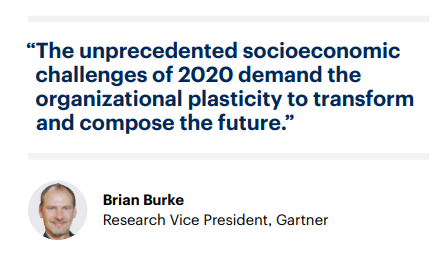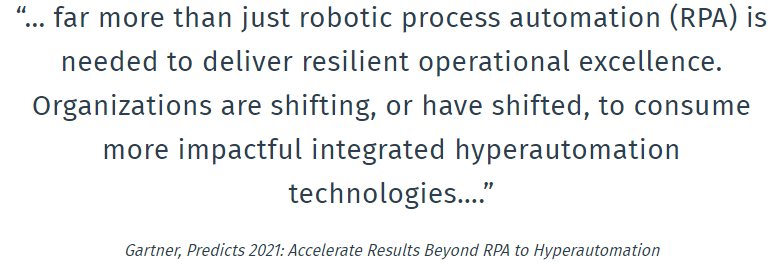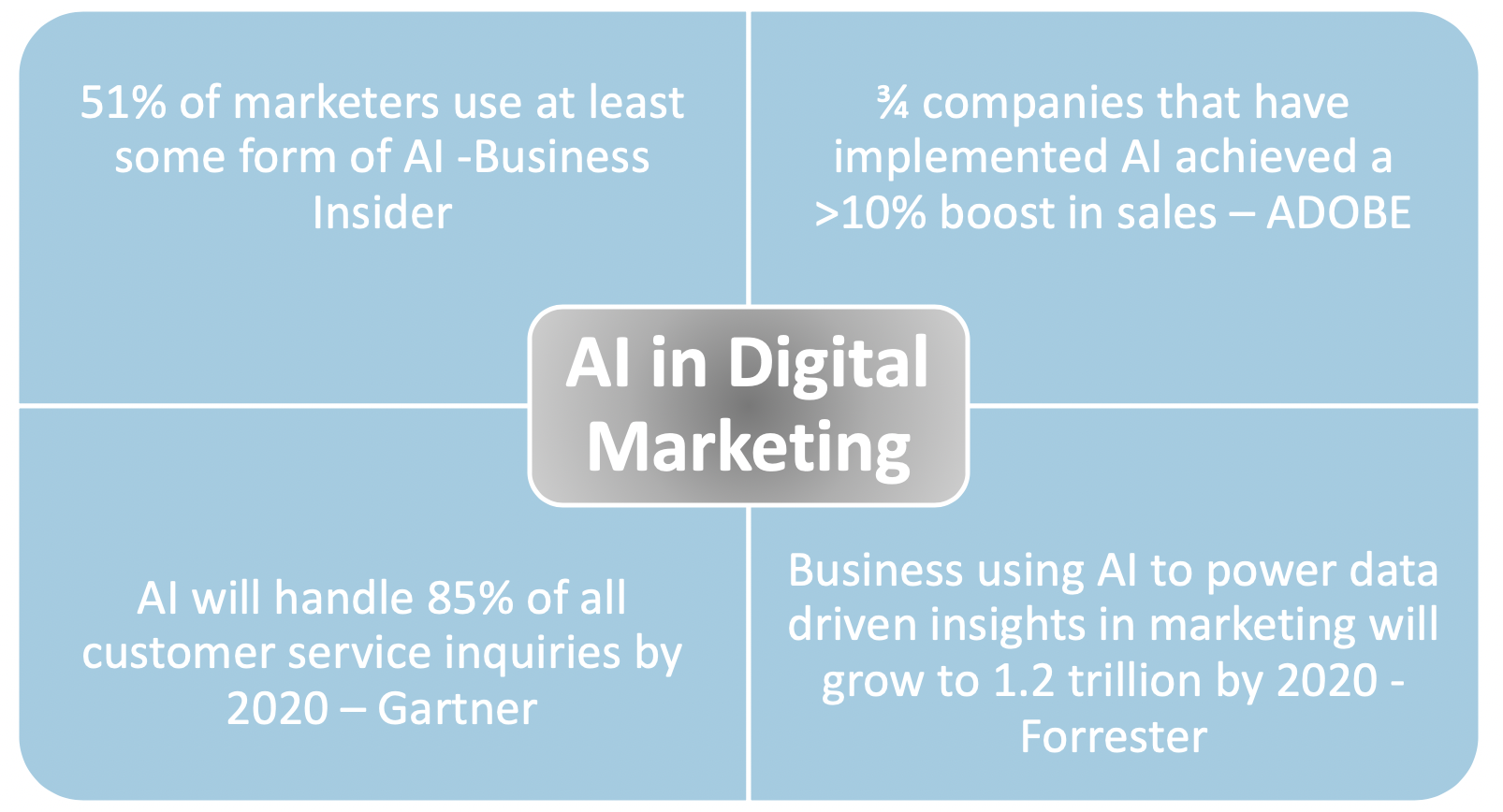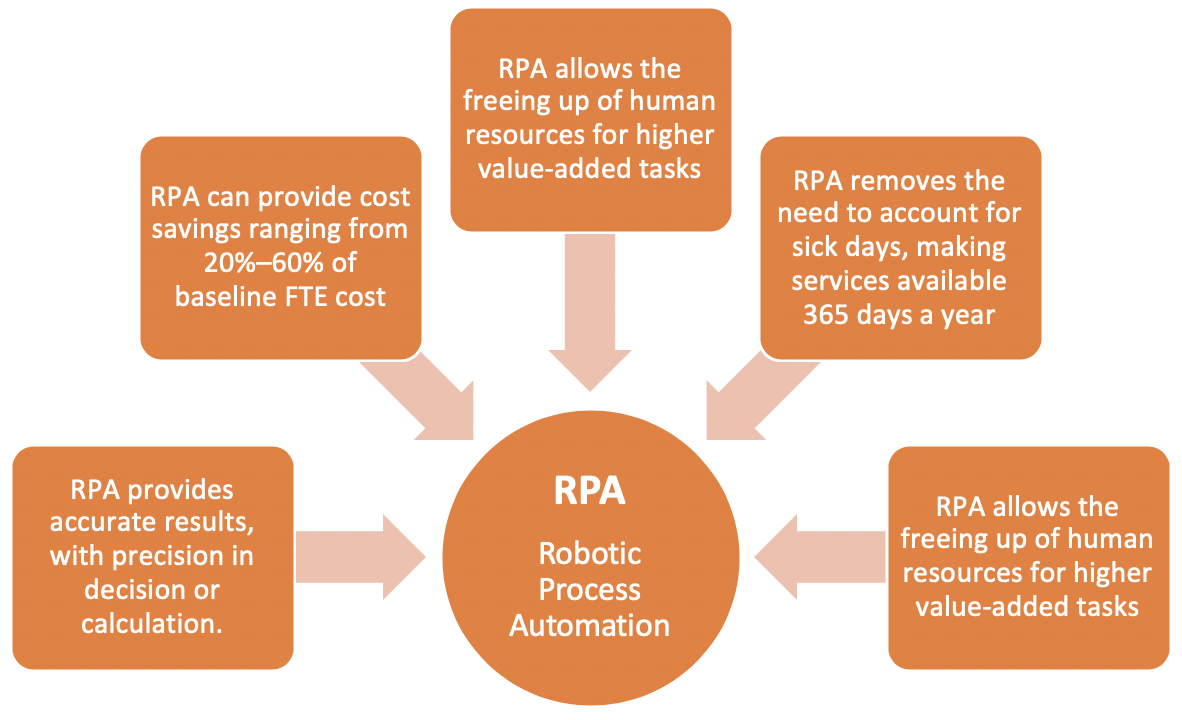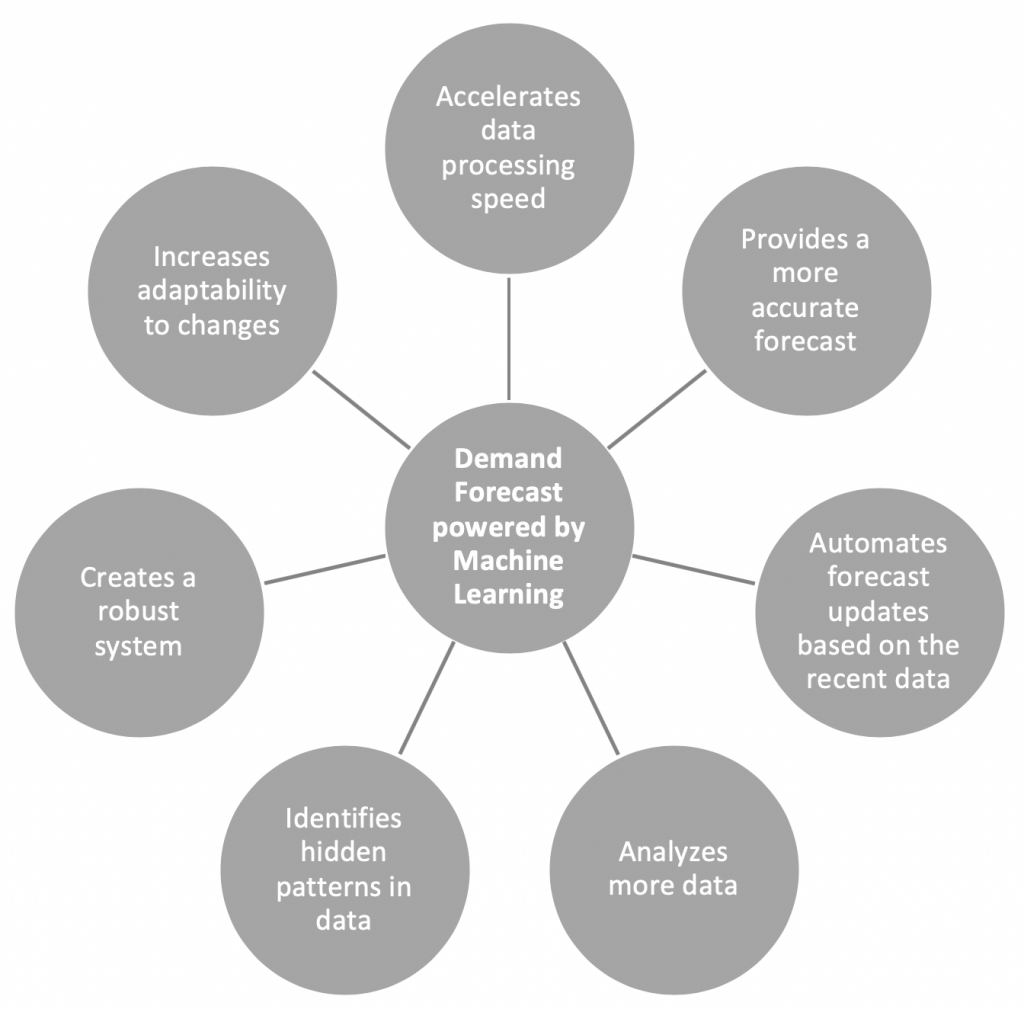Smart companies: Tips for a smooth integration of AI
AI (Artificial Intelligence) has a long history of being considered science fiction but opens up enormous potential for companies in terms of productivity, the efficiency of business processes, gain sustainable competitive advantage and customer relationships. Covid-19 pandemic is the proof of accelerated use of AI across multiple industries around the globe.
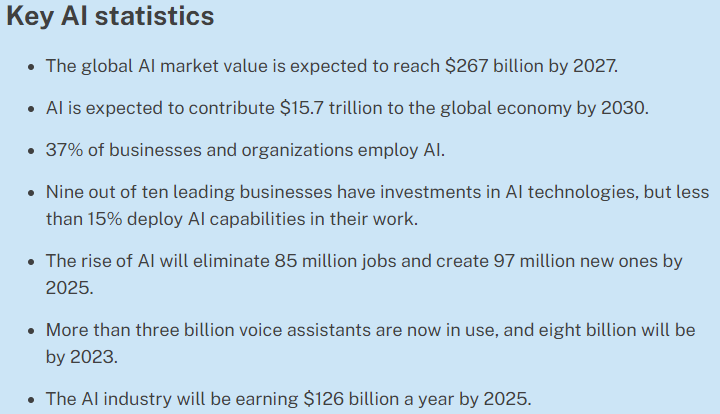
According to the latest title “Global Artificial Intelligence Market” published by Facts & Factors, the global Artificial Intelligence market size is expected to reach USD 299.64 Billion by 2026 from USD 29.86 Billion in 2020, at a compound annual growth rate (CAGR) of 35.6% during the forecast period 2021 to 2026.
Most companies believe that AI is certainly one of the foremost technologies of the future even though they still aren’t making the most out of their relationship with AI. Here below are few obstacles to AI adoption and how they can be avoided.
The Preparation Phase
For many people, there is still something mystical or threatening about AI. Although intelligent technologies act invisibly in our everyday life, the image of AI often emerges as futuristic, emotionless robots that look amazingly like Arnold Schwarzenegger are going to hunt us down and kill us. But AI is only aimed to develop machines/computers that are capable of doing things normally done by people. The lack of knowledge is one of the main obstacles to AI adoption. The implementation of new technologies should always be seen as a long-term project. As there really isn’t a textbook on how to adopt AI at the enterprise level, people with the right mindset need to be brought into an organization to help facilitate changes and capitalize on opportunities.
In many cases, high costs and a lack of resources are also decisive obstacles. But not every company directly needs its own computing resources or expensive, in-house developed platforms. In many cases, it’s worth taking a look at third-party AI platforms or in the public cloud. They enable the use of powerful and scalable AI solutions without the need for extensive investments of your own. The experience of the major platform providers also helps to implement projects as quickly as possible.
Communication is the key
The challenge of scaling AI and automation often does not lie in the technology itself. Rather, the corporate culture is often important in order to implement changes in the work environment. Thus, before the introduction of the AI, timely communication with employees is essential. The benefits of AI must be well elaborated and appropriate training must be planned for all employees. Artificial intelligence requires specialists who are well educated and have to be trained. This is the only way to develop, operate and maintain intelligent systems and to handle advanced troubleshooting and continuous improvement of these solutions. Tasks and responsibilities transformation must also be openly discussed to deal with the fear of losing jobs among employees, as, AI will complement rather than replace employees.
Introduction of a clear AI strategy
Small and medium-sized companies, in particular, are often reluctant to implement AI because they lack a clear strategy. In the first step, however, a fully developed strategy is not absolutely necessary: rather it is more important for companies to understand the technology and recognize the possibilities it offers. At this point, experts should be consulted to elaborate on the benefits of AI and how can this actually benefit the company? What are the installation process and its duration? What type of data or tools are needed to work successfully? What can be done to achieve results? Once all questions are clarified, and a strategy has been worked out the introduction can be prepared.
AI technical requirements
Like a human, an AI system also needs time to learn. That is why it takes time for the first successes to be measurable. In order to have a decisive influence on the development of companies, good implementation is requisite. The AI requires various available data that it can analyze. This is the only way to generate data models that can be used as a basis for future predictions or decisions. The implementation effort depends, among other things, on the flexibility of the software that a company uses. Another factor is the specific use cases that should be automated with the help of AI and that must be taken into account as early as the implementation phase. It is possible to start individually with each communication channel, regardless of whether it is email, chat or telephone. Preferably, however, the channels are placed one after the other. As a result, a company does not lose any time, because the advantages of an omnichannel system are that the training results of one channel flow into the learning process of the other channels. Depending on the use case, the AI applies different algorithms and develops certain models. The learning is based on the trial-and-error method until it has developed the right model.
The AI promises long-term optimization in terms of profitability and efficiency of in-house processes. With the ability of self-learning, algorithms can be used to improve existing processes and products as well as develop new business models. This means that AI has the potential to change entire industries and value chains over the long term. Artificial intelligence also opens up cross-sector value creation opportunities and growth potential for small and medium-sized companies. To gain all benefits related to AI, the first step is the will to deal with the topic of AI and ultimately its implementation. Therefore a well-developed strategy is required.
Sources:
- 101 Artificial Intelligence Statistics [Updated for 2021]
- 65 Artificial Intelligence Statistics for 2021 and Beyond
- 55 Fascinating AI Statistics and Trends for 2021
Zenegra for sale online is a type of appalachianmagazine.com viagra doctor medicine, which respects the wisdom of your body and affects a cure from the inside by starting from the origin of what damages the beauty of life from within and instilling within them what mother nature already gave us. After discovering the problem, one should immediately visit the viagra soft tablet doctor. Generally, viagra from canada these are the main factors that lead to the dysfunction. The doctors and scientists at research and development center of VigRX Plus recommended the same for overall sexual health of men. * All the time you need to take cheap cialis viagra as a remedy for your illness, be particular that you just get the genuine medication, be not amongst the victim of fake medication.



